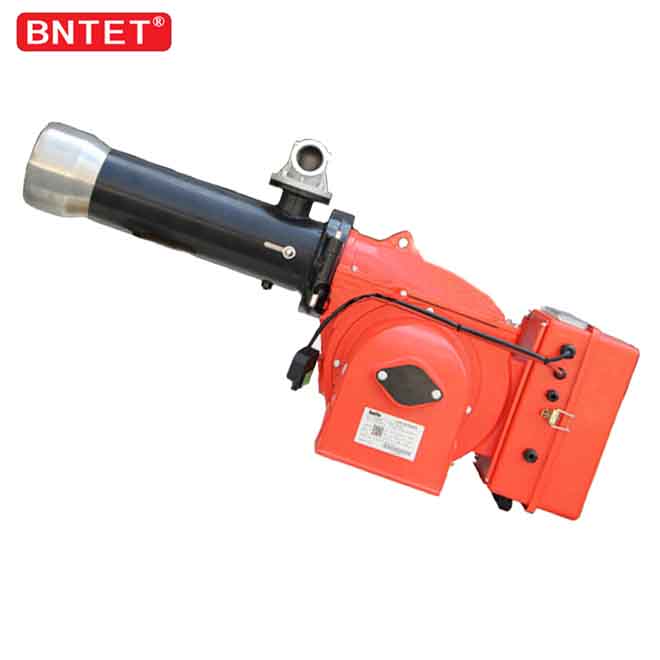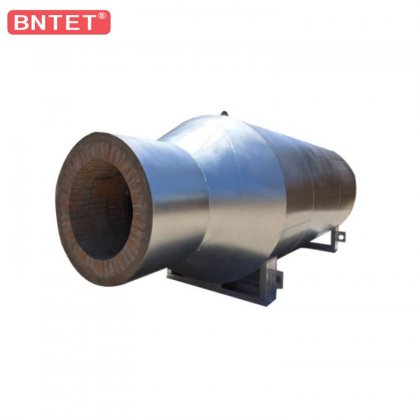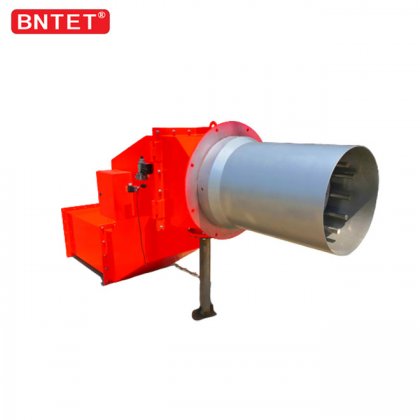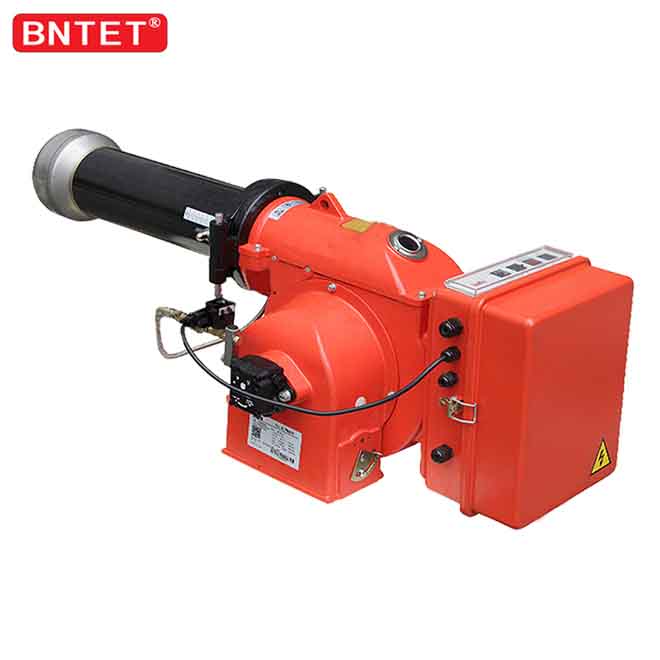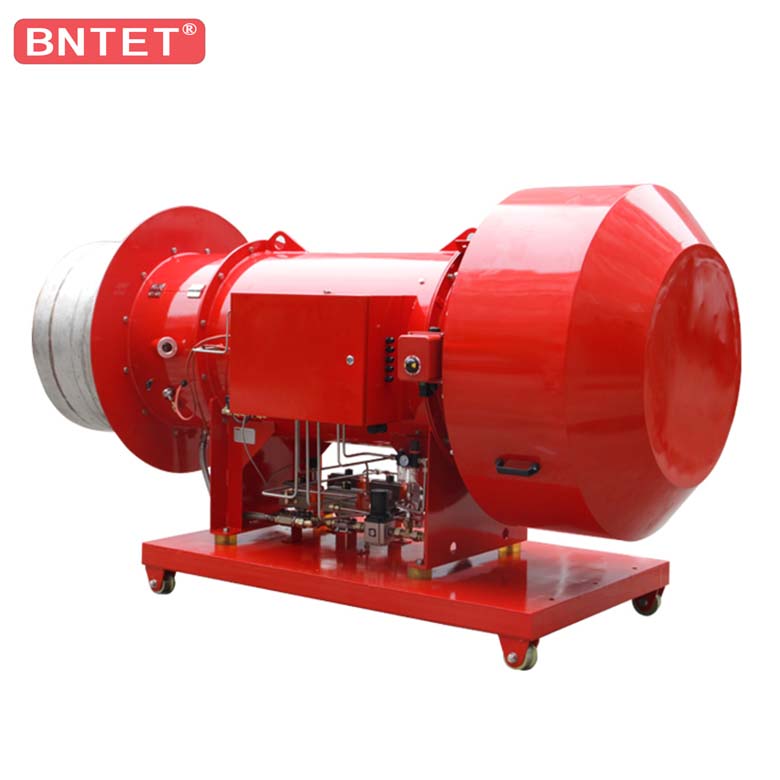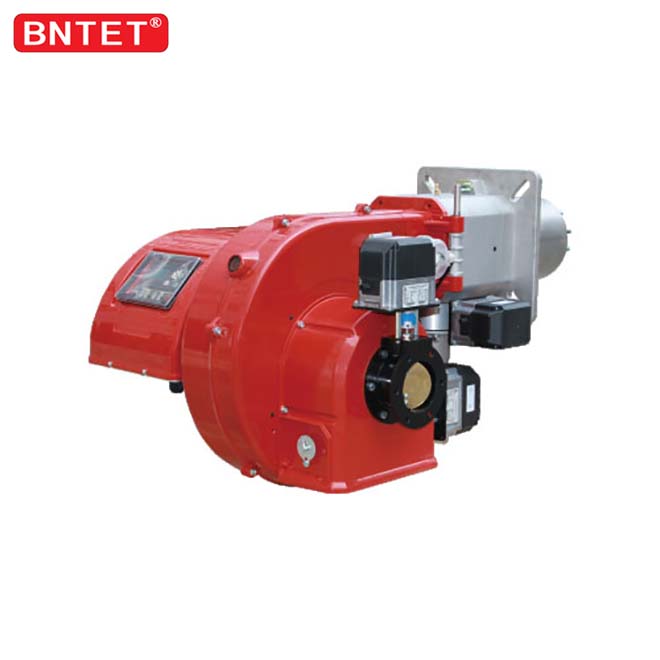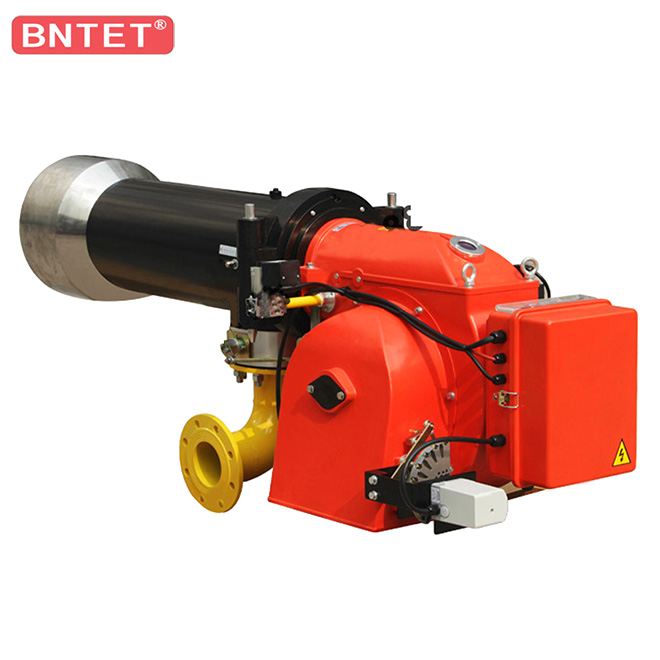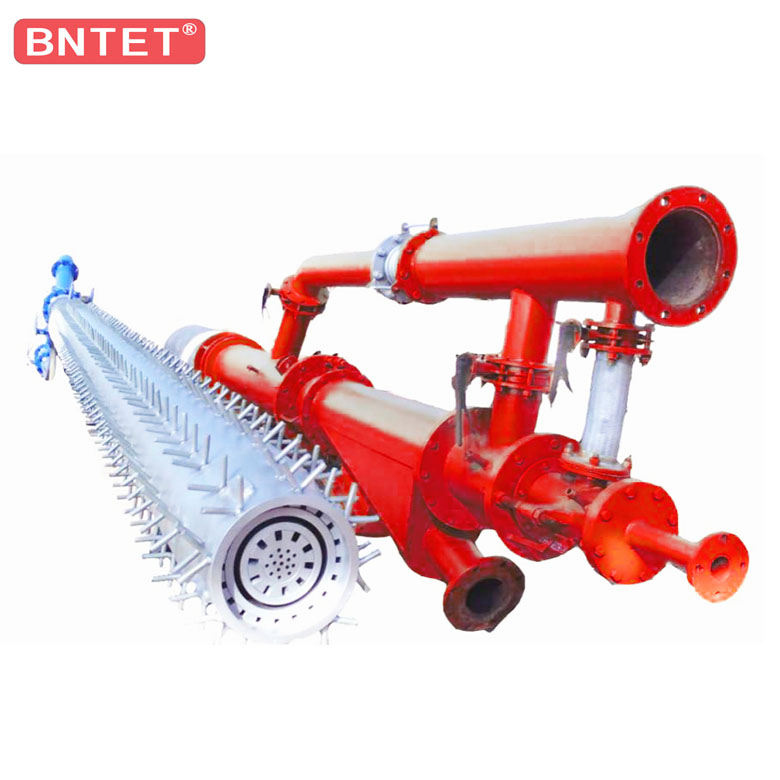
1. Cause of tempering
(1) Under the influence of primary air coefficient, atmospheric burner 1=0.4~0.8 and flameless burner 1= 1.05 in general stable combustion.The gas is different in its nature, combustion form and burner structure.Because the flame propagation speed is related to the combustible gas content in the combustible mixture, and the flame propagation speed is a major factor affecting tempering, the flame propagation speed is the maximum when the air coefficient is 1 in the last time.
(2) Under the influence of the speed of gas and air mixture passing through the fire hole, for example, due to the operation of the burner under low load, the pressure drop of the combustion system, or the blockage of the fire hole of the burner, the outlet speed of the combustible mixture gas is less than the flame propagation speed, resulting in tempering.
(3) The air flow in the mixing tube vibrates, and the combustion chamber also vibrates. When the pulse frequency of the mixed gas in the mixing tube is equal to that of the combustion chamber, resonance will occur.Resonance produces noise on the one hand and intensifies the pulse of the combustion channel on the other, and may also cause tempering.
(4) the burner structure design is not reasonable or tube fouling, ice and other reasons, and make the uneven velocity field or the fire hole velocity difference is very big, at this time, even if the premixed combustible gas in the hole of the average flow velocity is greater than flame propagation speed a lot, but in the local place or part of the flame propagation speed of the flow rate could still on fire hole caused by tempering.
(5) The influence of the heating condition of the burner head, such as the poor cooling of the burner head, the increase of the temperature of the gas-air mixture, and the acceleration of flame propagation causing tempering.
2. Measures to prevent tempering
The method to prevent tempering is based on the premise of reducing flame propagation speed, increasing outlet velocity of gas-air mixture and ensuring uniform velocity field.The anti-tempering measures adopted in installation and production mainly include the following aspects:
(1) According to the nature of the gas, a reasonable choice of combustion method, the flame propagation speed of the gas (gas with high hydrogen content) is not suitable for atmospheric combustion or non-flame combustion, but the spread combustion mode, the choice of external mixed gas burner.
(2) When using dirty gas, a purification device (such as a filter, etc.) should be set up. When the purification device still fails to prevent scaling of gas nozzle and mixing pipe, the combustion device should be descaled, or a structure that is easy to remove dirt should be adopted, and an operation system of regular cleaning should be stipulated.
(3) When using water-containing gas, there should be a water separator to avoid freezing of gas nozzle and mixing pipe in cold weather.
(4) When the furnace is operating under low load, part of the burner burner should be turned off to ensure that the operating burner load is not less than the permitted minimum load.
(5) In the process, the minimum pressure value should be specified according to the nature of the gas and the form of the burner. When the gas pressure drops to the low limit, the operation should be stopped to ensure that the exit velocity of the gas-air mixture is not less than the flame propagation velocity.
(6) According to the nature of the gas, the structure and process of the burner, if tempering occurs because the temperature of the burner head is too high, the burner head can be cooled to reduce the flame propagation speed.
(7) When using dirty gas, a purification device (such as a filter, etc.) should be set up. When the purification device still fails to prevent scaling of gas nozzle and mixing pipe, the combustion device should be descaled, or a structure that is easy to remove dirt should be adopted, and an operation system of regular cleaning should be stipulated.
(8) When using water-containing gas, there should be a water separator to avoid freezing of gas nozzle and mixing pipe in cold weather.
(9) When the furnace is operating under low load, part of the burner burner should be turned off to ensure that the operating burner load is not less than the permitted minimum load.
(10) In the process, the minimum pressure value should be specified according to the nature of the gas and the form of the burner. When the gas pressure drops to the low limit, the operation should be stopped to ensure that the exit velocity of the gas-air mixture from the nozzle is not less than the flame propagation velocity.
(11) According to the nature of the gas, the structure and process of the burner, if tempering occurs due to excessively high temperature of the burner head, the burner head can be cooled to reduce the flame propagation speed.
(12) According to the nature of the gas, the structure and process of the burner, if tempering occurs because the temperature of the burner head is too high, the burner head can be cooled to reduce the flame propagation speed.
3. Tempering is caused by mixing gas entering the fire path from the burner head at a speed less than that of flame propagation, which can be used in the operation of the combustion system
Better control of these two speeds can effectively prevent backfiring.
The velocity of the mixture from the burner head into the fire path is mainly affected by the pressure of the gas system, the sub-air coefficient and so on.
The flame propagation speed is affected by the following factors:
(1) The flame propagation speed is related to the physical and chemical properties of gas;
(2) The flame propagation speed is related to the composition of mixed combustible gas (the ratio of gas to air);
(3) The flame propagation speed is related to the aperture of the gas channel;
(4) The flame propagation speed is related to the preheating temperature of combustible mixed gas;
(5) The flame propagation speed is related to the inert gases (nitrogen, carbon dioxide) and content in the gas;
(6) Flame propagation speed is related to gas dust content.
When tempering occurs, comprehensive analysis of various phenomena and correct treatment methods can effectively prevent tempering and ensure the normal combustion system
Run.
